SEC S20W3 || Morphological Anemias - Module 3
MORPHOLOGICAL ANAEMIA
Morphological anemia is a form of anemia which is classified by the shape and structure of red blood cells. It attributes specific importance to the related features like size, color or shape of the cells than most of them provide valuable insights regarding specific causes of anemia. This classification is carried out using a method of microscopy where blood smeers are used. Morphological anemia is further sub classified as microcytic, macrocytic and normocytic depending on the diameter of the red blood cells. Each type indicates possible lack of certain nutrients or health problems helping specialist to diagnose and treat the cause of anemia appropriately.
Microcytic anemia, the red blood cells are smaller than normal. Such abnormal reduction in size often results from iron deficiency anemia, thalassemia and chronic diseases among others. These red blood cells are most associated with hypochromia which means that the color of the cells are diminished because of the decrease in amount of hemoglobin present in them.
Oxygen being delivered to the tissues is negatively impacted due to the reduced level of hemoglobin in the blood, which in turn enhances the probability of one getting symptoms such as loss of energy, being wobbly and even having difficulty in breathing. Nutritional deficiency of iron or chronic blood loss through ulcers or heavy bleeding during menstruation would be some of the causes for microcytic anemia in the majority of the patients. Most intensive management focuses on identification and correction of the cause but often this involves iron therapy.
Macrocytic anemia occurs as a result of the production of enlarged red blood cells (RBCs) and is commonly seen with vitamin B12 or folate deficiencies. It can come about because of poor absorption in diseases such as celiac disease or alcoholism, or from low dietary intake. The large RBCs are less efficient at transporting oxygen and can be more fragile, leading to an increased rate of destruction in the bloodstream.
It symptoms includes fatigue, difficulty concentrating, and especially with more severe cases neurological problems. Normocytic anemia is defined by RBCs that are normal in size but insufficient in number and is most often caused by acute blood loss or underlying chronic illnesses such as kidney disease. Knowing what type of morphologic anemia a person has helps clinicians determine appropriate treatment options because each classification has its own distinct causes and therapies.
HAVE YOU EVER HAD ANEMIA? ATTACH EVIDENCE
No, I have never had anaemia before but I can relate to that of a very close friend of mine.
The cause of her anaemia was malnutrition, it was during her early school days, she barely have food to and she regularly attends lecture.
Then she started complaining of dizziness and swollen body, and then she had to visit the medical doctor of which she was later diagnosed of anaemia.
The doctor suggested that she underwent blood transfusion which would be the quickest solution but rather, she decided to go home to her parent so she could eat well.
After several weeks of proper diet, she regained herself and she became well again.
PATHOPHYSIOLOGICALLY, WHAT HAPPENS WITH ANEMIA?
As per pathophysiology, anemia is defined as a state compromising the ability of the body to synthesize, maintain, or effectively use the red blood cells (RBC), thus perturbs the oxygen transport to the tissues. RBCs are cells present in blood that transport oxygen absorbed from the lungs to other body tissues, while hemoglobin, a protein within these cells attaches to the oxygen and transports it.
There can be a number of processes that can lead to such conditions which include low production of red cells, high destruction of the RBCs, or bleeding. This is when the count of these blood cells falls lower than acceptable figures, that is the level of oxygen in the tissues is such that does not meet requirement, and other various mechanisms that help restore a level of oxygen in the body tissues where they are required are activated.
Brought about by blood loss or destruction of red blood cells shouldn’t in most cases be expected when there are no red blood cells as the problem may lie deep inside. This is because the production of hemoglobin or the formation of red blood cells could be prevented or hindered as a result of the absence of nutrients such as the mineral iron, vitamin B12, or folic acid.
To illustrate, there is an absence of sufficient levels of Hb due to iron deficiency, so the blood cells are smaller than normal and also not effective. In some instances as in the case of aplastic anemia, even the production of red bone marrow fails, where there is no adequate bone marrow that can ensure formation of blood cells. These diseases have less circulating RBC’s in their body fluids, achieved thickness of oxygen and other gases content is minimized, and patients begin showing fatigues, weakness and paleness of the skin.
Anemia can also arise due to increased breakdown of RBCs (hemolysis) or acute/chronic hemorrhage. In one type of anemia termed hemolytic, blood cells are however destroyed before the end of their life cycle; this occurs because of conditions such as auto-immunity, genetic defects (sickle cell anemia for example) or external factors like microbes.
The body may attempt to compensate for the loss by increasing RBC production; however, destruction outpaces production. With acute blood loss (eg, trauma and gastrointestinal bleeding), there is immediate removal of RBCs that leads to reduced oxygen transport; with chronic blood loss, there is a gradual depletion of iron stores. These mechanisms over time exceed the limits of the bodys reserve capacity to sustain the level of oxygen to the tissues. Ultra-joy; rapid pulse, shortness of breath on exertion and lightheadedness are signs that develop as the body tries to overcome a lessened ability to transport oxygen.
CLINICAL CASE
Clinical cases are usually perceived as a case of in depth study of a patient with a portrayal of the clinical features, diagnosis, treatment and result of the patient. The case is also well written as the health care workers collect and synthesize the information obtained during the history, physical examination, laboratory tests and any other investigations to come up with a diagnosis. They include, for example, a patient coming in with fatigue, pallor and dyspnea which would form the basis for a clinical case of suspected anemia. In this case, the clinician would therefore take a detailed history including the diet, medications, family history of bleeding problems and recent illnesses or surgeries that may have been carried out which may help to narrow down the diagnoses for the cause of anemia.
After taking the initial history, the physical examination should be performed in order to look for additional findings relevant to the provision of the diagnosis. In this light, the patient in question may have paleness of the skin and masticatory mucous membranes, swollen nails and fast pulse rate all of them evidencing towards anemia. Then the doctor would seek to be certain of the diagnosis by ordering laboratory tests upon the patient. These would include blood counts in Fullblood testing to assess haematocrit and red cell counts. There might be other factors such as serum iron, vitamin B12 or folate tests that could be carried out to identify a specific
Once the diagnosis has been made, the case proceeds to treatment and follow-up. This will depend on the cause of the anemia. E.g., patients with iron deficiency anemia will be given iron supplements along with dietary advice raising their dietary intake in iron-rich foods; patients with vitamin B12 deficiency anemia will be given vitamin B12 via intramuscular injection or orally; etc. Serial blood tests over time help objectively assess whether or not the therapy works and if the anemia is improving or worsening since last tested. Finally, at some point, one expects to see what happened to the patient in response to their treatment, did they improve? were any complications encountered? did they require further procedures or treatments?, etc.
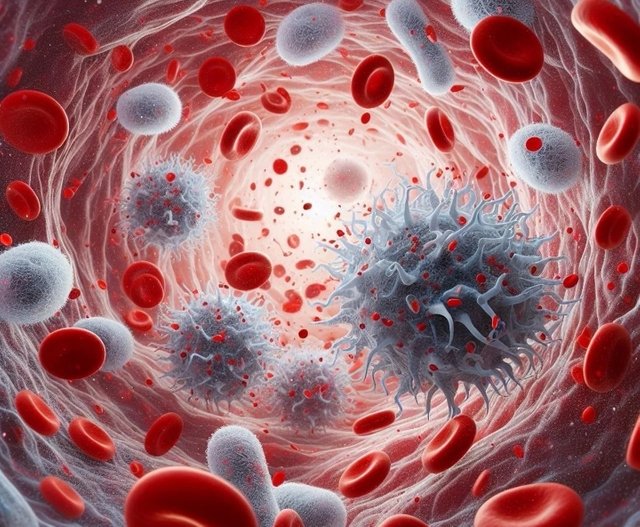
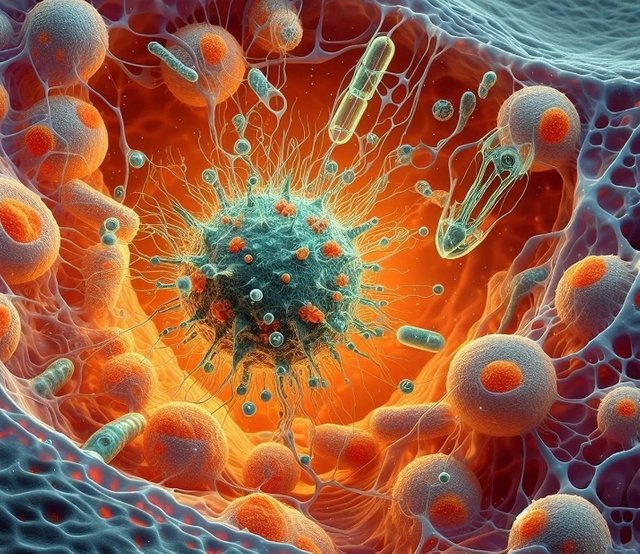
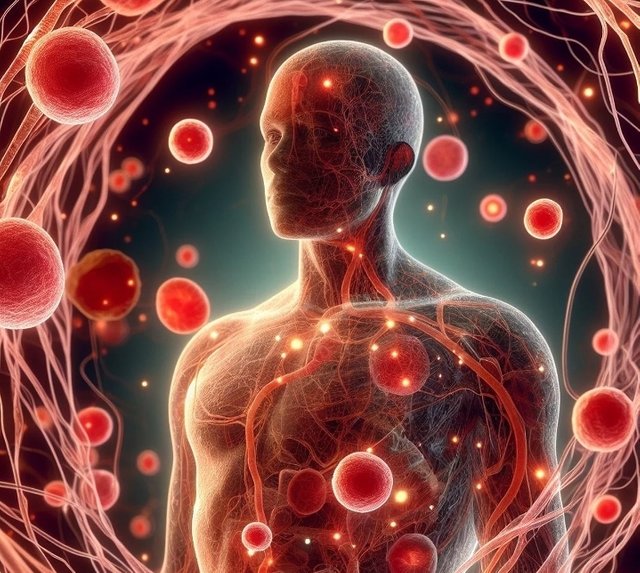
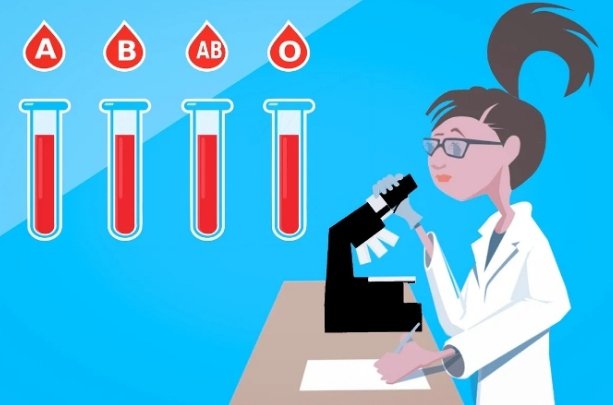
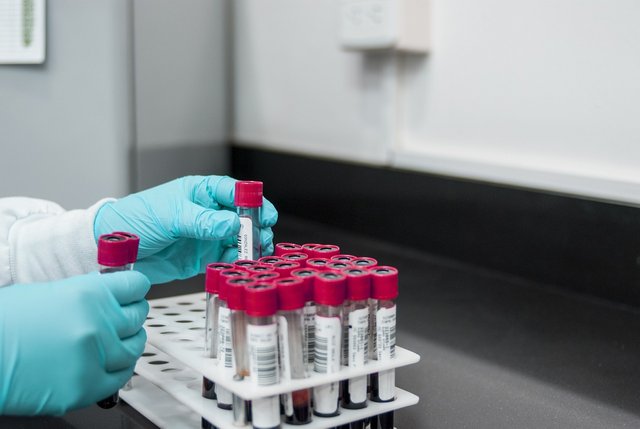
Twitter share
https://twitter.com/Saintkelvin18/status/1839366751752257945?t=nWhOfIeZTr19Og-DSC3Obg&s=19
Upvoted. Thank You for sending some of your rewards to @null. It will make Steem stronger.
Hello teman..senang bisa membaca publikasi anda tetang module 3 morfologi anemia, saya bisa memperoleh informasi dan pemahaman tentang anemia dan kasusnya.
Smoga anda beruntung ditantangan ini
Salam
Saludos mi estimado amigo Me encantó tu participación le escribes de una manera detallada el conceptualismo de la anemia morfológica aludiendo elementos como a la forma y estructura de los glóbulos rojos como componentes hematológicos y tienes suficientemente claro , que la anemia microcítica se refiere a los glóbulos rojos más pequeños y en contraposición la macrocítica , al glóbulos rojos más grandes. Te deseo merecido éxitos en tu estupenda entrada.
Hello friend, I appreciate your visit so much. Yes I tried my best to ensure that I give a proper detail of the theme so as to give my readers like you the opportunity to learn something new. Have a nice day.
Reading your post opened up my horizons of knowledge. Let such constructive discussions continue. Good luck for the contest.
Thanks for the comment my boss, is very important to read educative posts in steemit.
Thank you sir.
This is a great exposition on what anaemia is, the causes and how to prevent it.
Health is wealth, really.
All the best.
Yes your health is your wealth. I always remember this easily each time am ill.
Thank you.